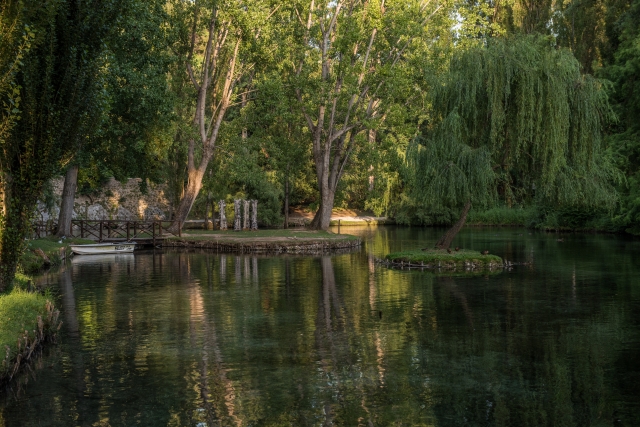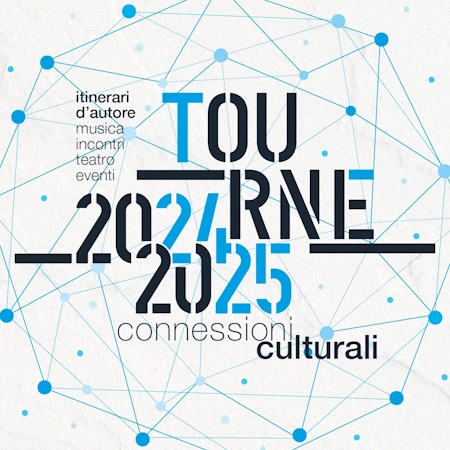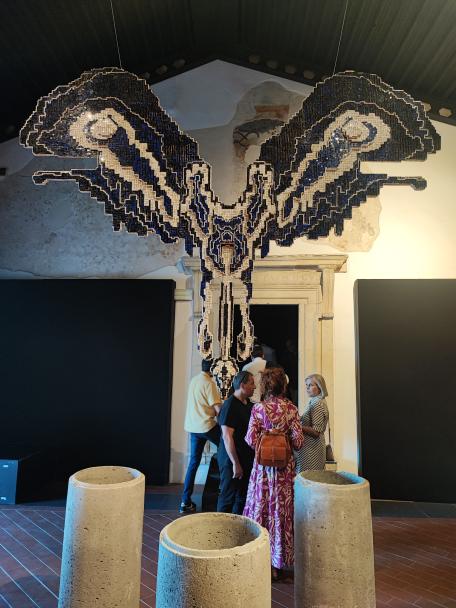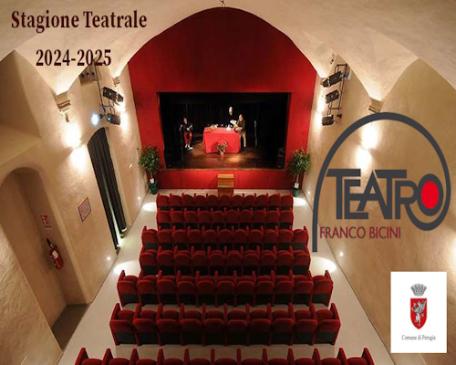The Duchy of the Longobards - The Duchy of the Longobards
The Duchy of the Longobards






When the Longobards arrived in Umbria they found a rich and varied land. Over time, their occupation of the area created a new culture with distinctive traits, a culture about which, truth be told, not much is really known. Your journey to visit these places long fought over by the Longobards and the Byzantines begins in Spoleto, chosen as the capital of the Duchy in 576. Of the landmarks, the most impressive is the Basilica di San Salvatore, an extant paleo-Christian Church beautifully decorated by talented Longobard chisellers. This basilica is one of the most important remains of this culture and is part of the network of Italian Longobard sites belonging to the UNESCO World Heritage Sites.
The nearby Tempietto di Campello sul Clitunno is also a UNESCO site and well worth a visit. Drive towards the little town of Campello sul Clitunno, the little temple is just outside of it on the banks of the eponymous river. It too is dedicated to San Salvatore, and you will note a recurrence of some of the decorative elements you saw in the earlier church. Together with the nearby Fonti del Clitunno, already famous in ancient times for its delightful tranquillity and mentioned in a solemn ode written by Giosuè Carducci, this stop offers a gorgeous route where the sacred and natural are inseparably united in a timeless dimension.
The next stop along this journey into the land of the Duchy goes along the Valtopina and the battlegrounds where the struggle for dominion over the territory all during the Middle Ages took place. This route leads you all the way to Nocera Umbra, another important Longobard outpost. In a highly strategic location, it dominates the valley and sits on the Apennine border with the Duchy of Spoleto.
The city is home to one of the richest Longobard necropoles in all of Italy, the most important one in Umbria, and features funerary furnishings of remarkable beauty. Elements from it can now be seen in the National Museum of the Duchy in Spoleto and the Museum of the High Middle Ages in Rome. Every year, the city celebrates what is called Longobard July, with historic re-enactments and scholarly conferences. If you are here during that time, you'll feel as though you are taking part in the stories and the legends of these people.

Campello sul Clitunno, Tempietto del Clitunno

Fonti del Clitunno

Ducato del Longobardi

Spoleto, Basilica di San Salvatore

Campello sul Clitunno, Tempietto del Clitunno

Fonti del Clitunno

Ducato del Longobardi

Spoleto, Basilica di San Salvatore

Campello sul Clitunno, Tempietto del Clitunno

Fonti del Clitunno

Ducato del Longobardi

Spoleto, Basilica di San Salvatore

Campello sul Clitunno, Tempietto del Clitunno

Fonti del Clitunno

Ducato del Longobardi

Spoleto, Basilica di San Salvatore
























